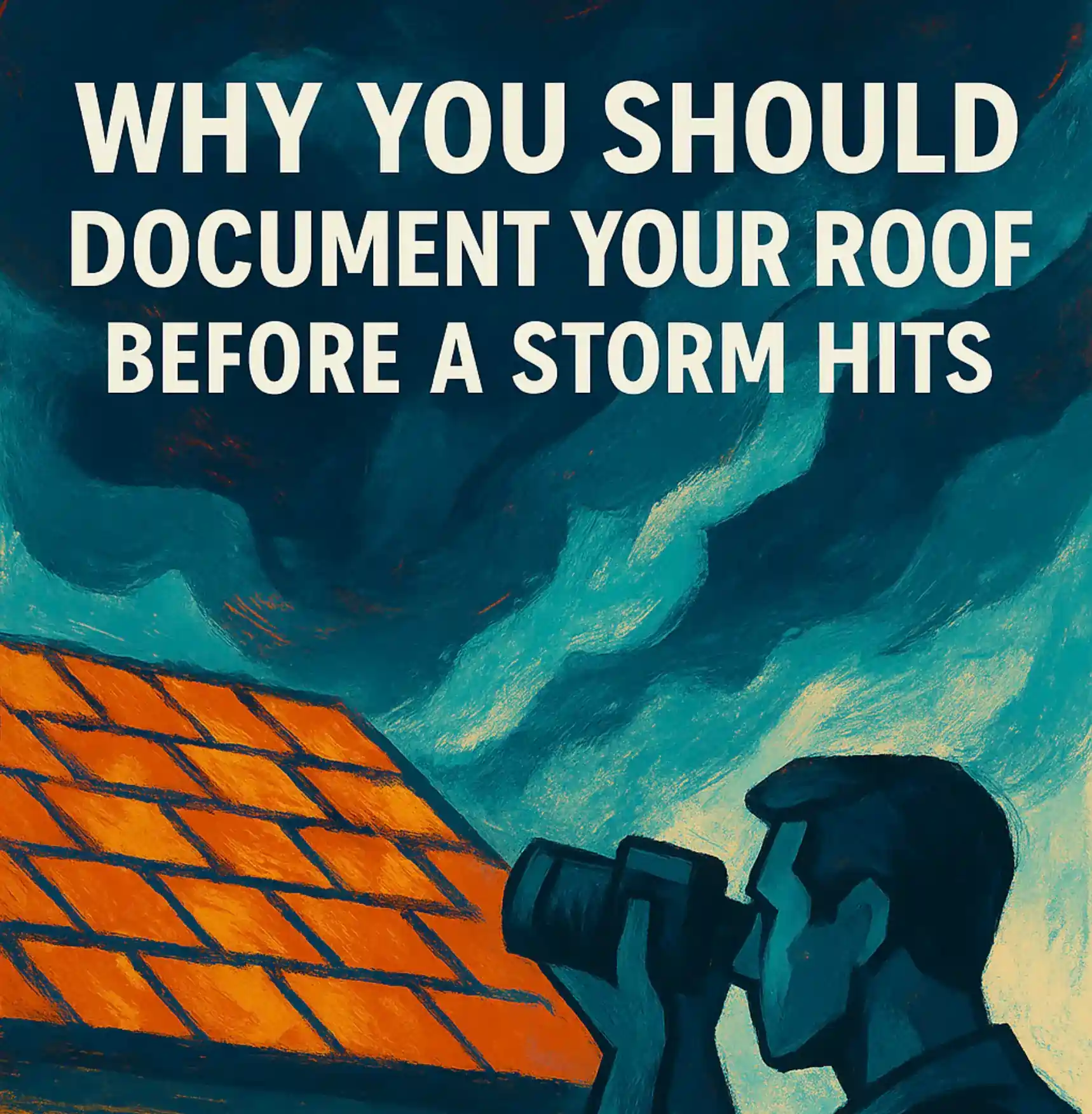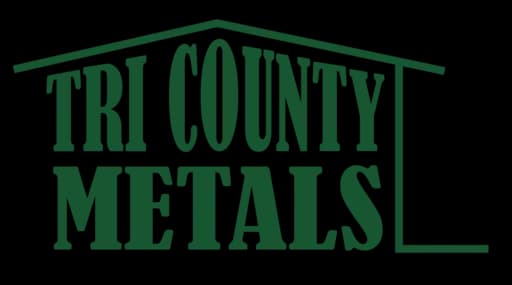Is Your Roof Leaking? Here’s What It’s Trying to Tell You
Dear Homeowner,
Hello, my name is “Yur Roof”—but you usually call me “your roof.” I want you to know a few things about me, because I want a long, healthy life too!
I’m up here 24/7, shielding your home from rain, wind, heat, and storms. But I also take hits from things like clogged gutters, falling tree branches, and even golf balls. Worse yet, I endure rodents chewing on my parts and suffer from poor installation practices or subpar materials. All of this can lead me to fail prematurely.
Take the first step
Schedule a fast, no-pressure visit. Since 1987 we’ve got you covered.
Get startedFrom the ground, I might look fine. But looks can be deceiving.
There are over 20 different “small things” that can make me sick. You call it “roof damage”—I call it getting hurt. And when I’m sick, I cry. You call that “a roof leak.”
When I Cry, It’s a Big Problem
I’m great at hiding my tears. A small leak allows me to pout, and when I pout, I slowly destroy everything my tears touch—your insulation, drywall, flooring, and even your family’s health through mold and mildew.
Studies show I can hide leaks for up to 13 years before you notice a stain on the ceiling. By then, the damage can be extensive and expensive.
Roof inspections can stop the tears before they start. Preventive maintenance is the key to a long and reliable roof life.
I Was Built to Last
I was designed to protect your family for 30, 50, or even more years. So why do I often get torn off and trashed in under 15 years? Often, it’s because of neglect, improper maintenance, or mistakes made during installation.
It’s heartbreaking. I want to keep your home safe. But I need your help to do that.
Neglecting me is like driving a car with the oil below the “Add” line. It won’t explode right away—but you’re asking for a costly breakdown later.
Benefits of Taking Care of Me
- Benefit #1: I could serve you 5–10 more years without needing replacement.
- Benefit #2: You’ll save money. Catching problems early means small, inexpensive repairs—not big ones.
- Benefit #3: You’ll avoid thousands in structural damage, like replacing rotted wood.
- Benefit #4: Your peace of mind will soar, knowing your family and home are protected.
So what should you do? Start with regular inspections. Call SonShine Roofing today to schedule a professional review of my condition. Together, we can keep me strong and dependable for years to come.
With love,
Yur Roof















